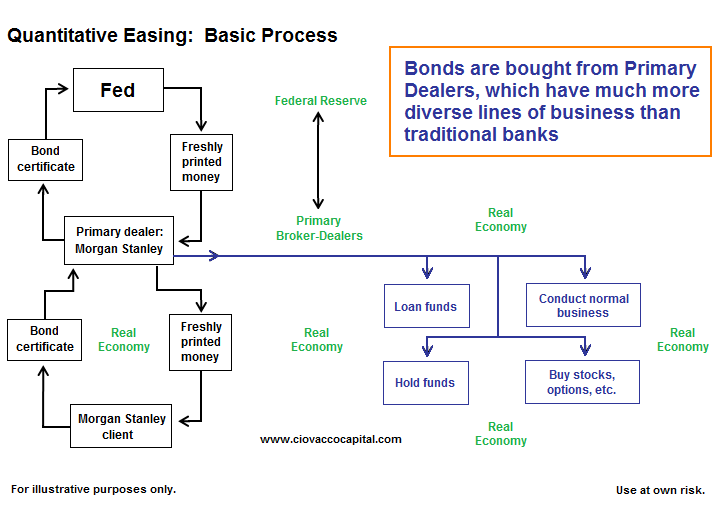In Europe, failure is no longer an option. If banks are in danger of collapse, in come the bailout loans. If countries have trouble financing themselves, the European Central Bank will buy their sovereign bonds. When inflation falls and growth stalls, there is a cure for that too – quantitative easing.
QE, as it’s called, was officially announced in January and launched on March 9 by the ECB. The €2.1-trillion ($2.8-trillion) exercise in printing money began to work its magic well before the first sovereign bonds were bought because every sentient life form on the continent knew it was coming, and coming big, as inflation turned negative. Bond yields plummeted and the stock markets climbed, boosting the wealth effect and consumer confidence. The euro sank like a lead balloon, a godsend to exporters.
With QE in place, and oil prices in the tank, any thought of a new European recession is gone. Economists are busy rewriting growth forecasts and expect a 1.5-per-cent uptick in euro zone gross domestic product this year and 1.9 per cent next year. Greece is the one potential pitfall. If it stumbles out of the euro zone, contagion could wreck the party. But Europe won’t tolerate a sovereign failure any more than a banking failure. To keep Greece in the euro zone, it will almost certainly get another bailout equipped with bargain debt-repayment terms.
ECB President Mario Draghi and the euro zone finance ministers are beaming like Cheshire cats as the economy lurches back to life – all hail QE! Not so fast, for what QE gives, it can also take away.
QE is voodoo economics; no two economists will agree why it works or whether it works at all (its performance in Japan, QE’s inventor, has been cheerless). In Europe, it does seem to be working, but already its negative aspects are taking root. QE could well prove to be temporary balm rather than long-term cure.

